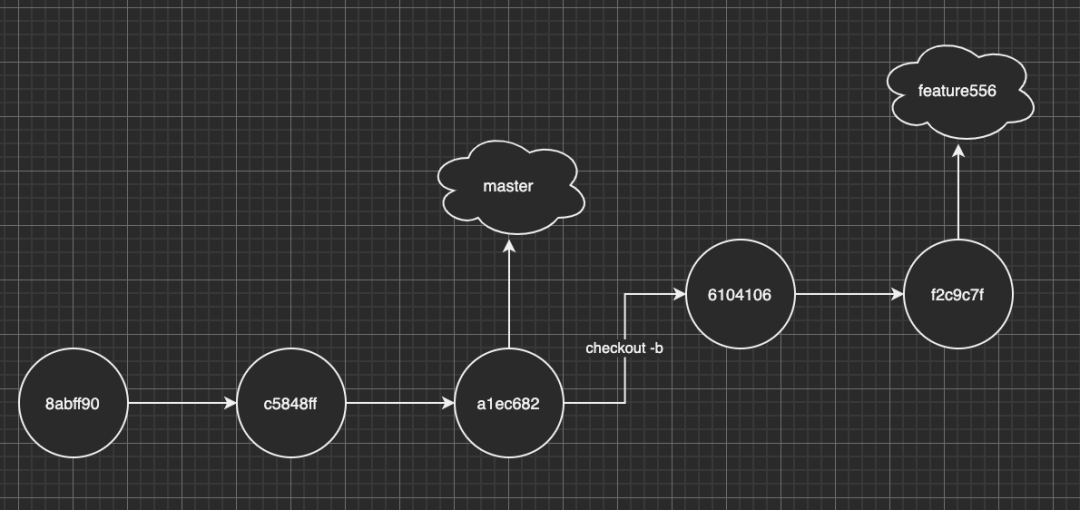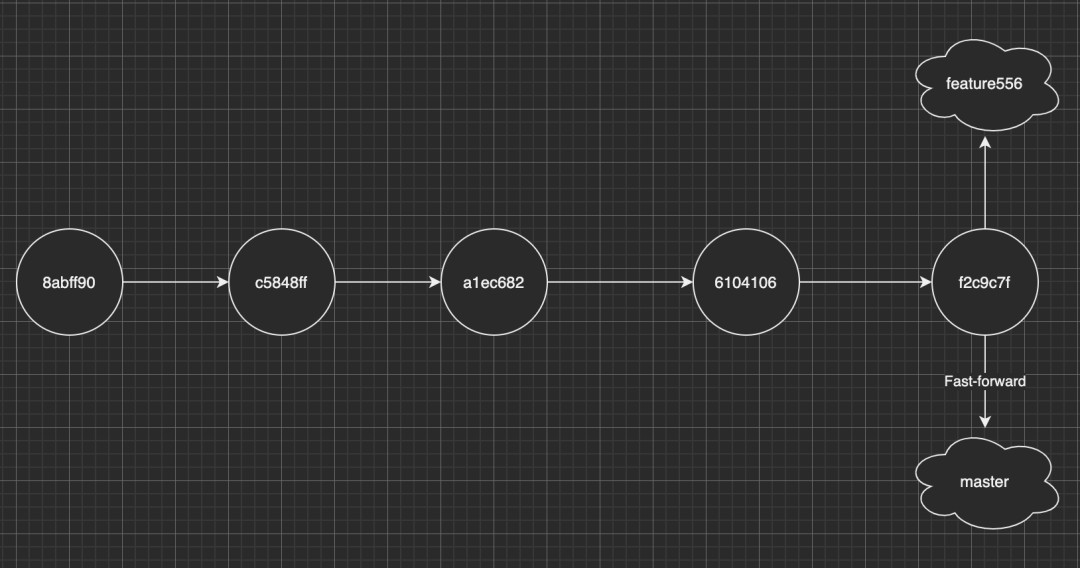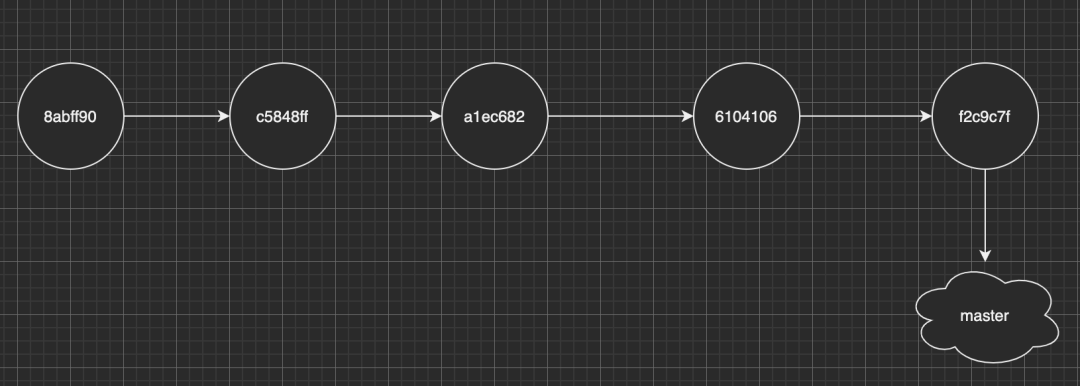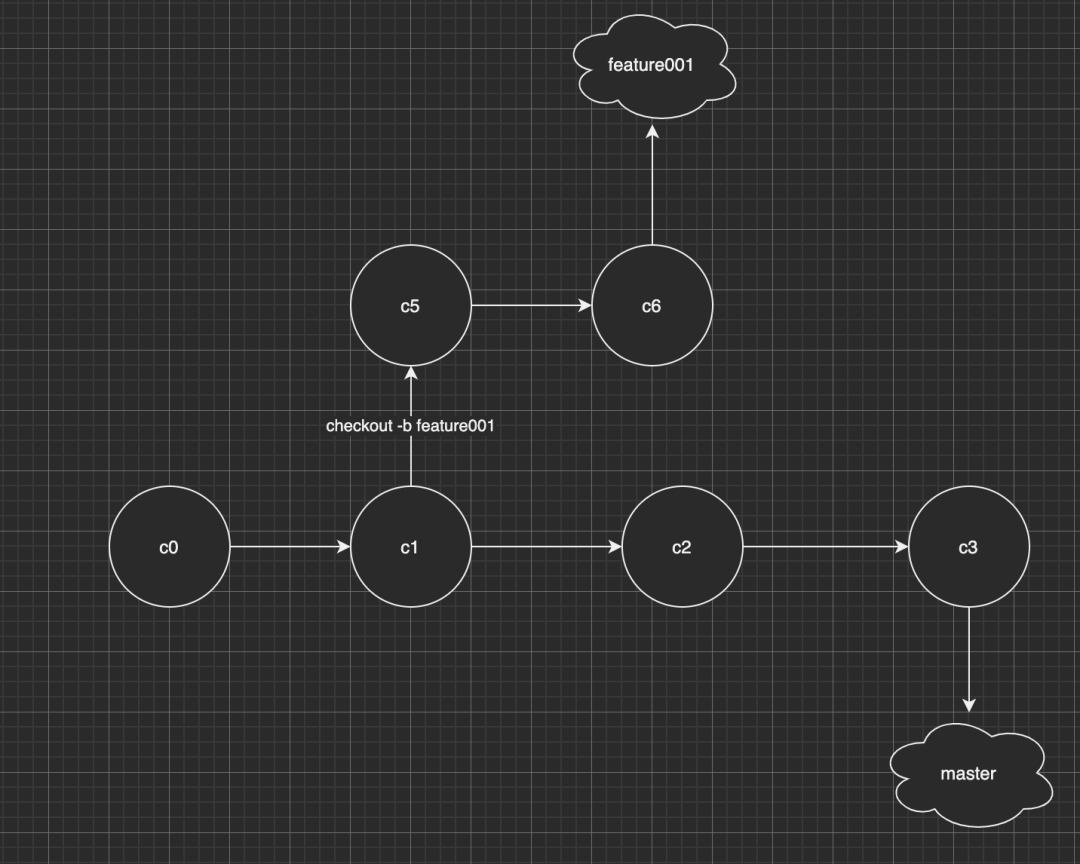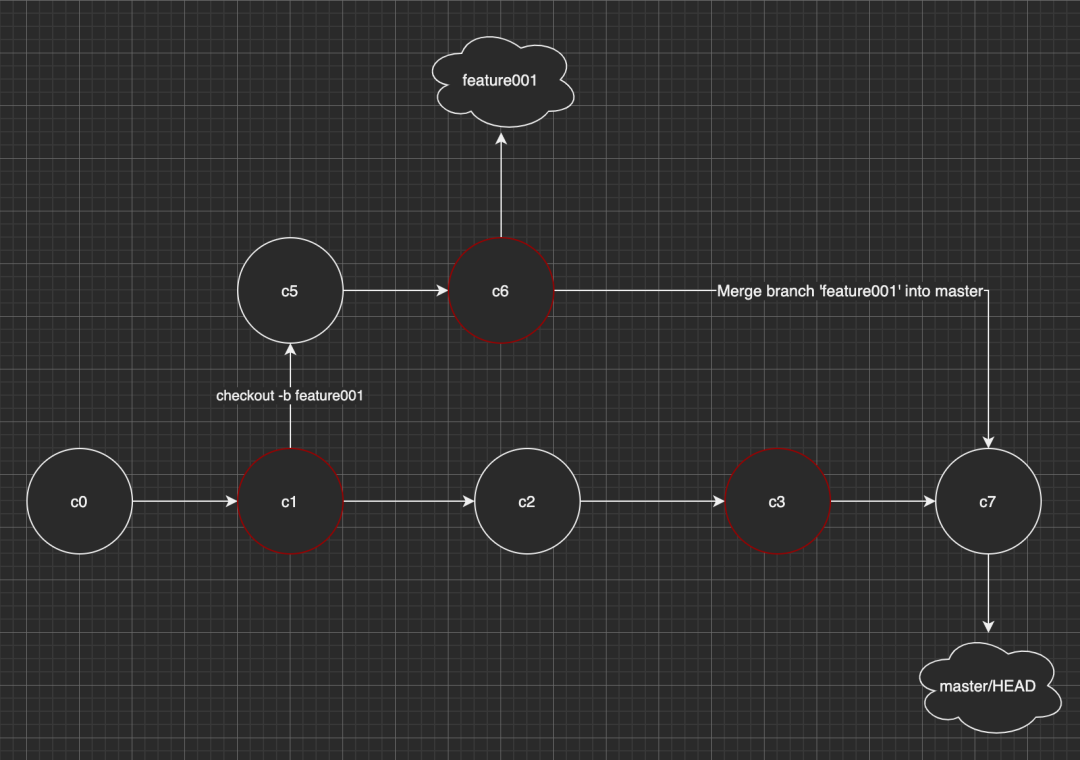Git merge --Ff/--No-Ff/--Ff-Only 三種選項參數的區別
本文轉載自微信公眾號「小二十七 」,作者xiao2shiqi。轉載本文請聯系小二十七公眾號。
前言
git merge 應該是開發者最常用的 git 指令之一, 默認情況下你直接使用 git merge 命令,沒有附加任何選項命令的話,那么應該是交給 git 來判斷使用哪種 merge 模式,實際上 git 默認執行的指令是 git merge -ff 指令(默認值)
對于專業的開發者來說,你可能無須每次合并都指定合并模式(如果需要的話還是要指定的),但是你可能需要知道 git 在背后為你默認做了什么事情,這樣才能保證你的代碼萬無一失。
先說說什么是 Fast-forward
我們從一個正常開發流程來看看:
開發者小王接到需求任務,從 master 分支中創建功能分支,git 指令如下:
- git checkout -b feature556
- Switched to a new branch 'feature556'
小王在 feature556 分支上完成的功能開發工作,然后產生1次 commit,
- git commit -m 'Create pop up effects'
- [feature556 6104106] create pop up effects
- 3 files changed, 75 insertions(+)
我們再更新一下 README 自述文件,讓版本差異更明顯一些
- git commit -m `updated md`
這時候我們看看當前分支的 git 歷史記錄,輸入 git log --online -all 可以看到全部分支的歷史線:
- f2c9c7f (HEAD -> feature556) updated md
- 6104106 create pop up effects
- a1ec682 (origin/main, origin/HEAD, main) import dio
- c5848ff update this readme
- 8abff90 update this readme
直接看下圖可能會更好理解一些
功能完成后自然要上線,我們把代碼合并,完成上線動作,代碼如下
- git checkout master
- git merge feautre556
- Updating a1ec682..38348cc
- Fast-forward
- ....... | 2+++
- 1 file changed, 2 insertions(+)
如果你注意上面的文字的話,你會發現 git 幫你自動執行了 Fast-forward 操作,那么什么是 Fast-forward ?Fast-forward 是指 Master 合并 Feature 時候發現 Master 當前節點一直和 Feature 的根節點相同,沒有發生改變,那么 Master 快速移動頭指針到 Feature 的位置,所以 Fast-forward 并不會發生真正的合并,只是通過移動指針造成合并的假象,這也體現 git 設計的巧妙之處。合并后的分支指針如下:
通常功能分支(feature556) 合并 master 后會被刪除,通過下圖可以看到,通過 Fast-forward 模式產生的合并可以產生干凈并且線性的歷史記錄:
再說說什么是 non-Fast-forward
剛說了會產生 Fast-forward 的情況,現在再說說什么情況會產生 non-Fast-forward,通常,當合并的分支跟 master 不存在共同祖先節點的時候,這時候在 merge 的時候 git 默認無法使用 Fast-forward 模式, 我們先看看下圖的模型:
可以看到 master 分支已經比 feature001 快了2個版本,master 已經沒辦法通過移動頭指針來完成 Fast-forward,所以在 master 合并 feature001 的時候就不得不做出真正的合并,真正的合并會讓 git 多做很多工作,具體合并的動作如下:
- 找出 master 和 feature001 的公共祖先,節點 c1,c6, c3 三個節點的版本 (如果有沖突需要處理)
- 創建新的節點 c7,并且將三個版本的差異合并到 c7,并且創建 commit
- 將 master 和 HEAD 指針移動到 c7
補充:大家在 git log 看到很多類似:Merge branch 'feature001' into master 的 commit 就是 non-Fast-forward 產生的。執行完以上動作,最終分支流程圖如下:
merge-non-fast-forward
如何手動設置合并模式 ?
先簡單介紹一下 git merge 的三個合并參數模式:
- -ff 自動合并模式:當合并的分支為當前分支的后代的,那么會自動執行 --ff (Fast-forward) 模式,如果不匹配則執行 --no-ff(non-Fast-forward) 合并模式
- --no-ff 非 Fast-forward 模式:在任何情況下都會創建新的 commit 進行多方合并(及時被合并的分支為自己的直接后代)
- --ff-onlu Fast-forward 模式:只會按照 Fast-forward 模式進行合并,如果不符合條件(并非當前分支的直接后代),則會拒絕合并請求并且退出
以下是關于 --ff, --no-ff, --ff-only 三種模式的官方說明(使用 git merge --helo 即可查看):
Specifies how a merge is handled when the merged-in history is already a descendant of the current history. --ff is the default unless merging an annotated (and possibly signed) tag that is not stored in its natural place in the refs/tags/ hierarchy, in which case --no-ff is assumed.
With --ff, when possible resolve the merge as a fast-forward (only update the branch pointer to match the merged branch; do not create a merge commit). When not possible (when the merged-in history is not a descendant of the current history), create a merge commit.
With --no-ff, create a merge commit in all cases, even when the merge could instead be resolved as a fast-forward.
With --ff-only, resolve the merge as a fast-forward when possible. When not possible, refuse to merge and exit with a non-zero status.
總結:
三種 merge 模式沒有好壞和優劣之分,只有根據你團隊的需求和實際情況選擇合適的合并模式才是最優解,那么應該怎么選擇呢?我給出以下推薦:
- 如果你是小型團隊,并且追求干凈線性 git 歷史記錄,那么我推薦使用 git merge --ff-only 方式保持主線模式開發是一種不錯的選擇
- 如果你團隊不大不小,并且也不追求線性的 git 歷史記錄,要體現相對真實的 merge 記錄,那么默認的 git --ff 比較合適
- 如果你是大型團隊,并且要嚴格監控每個功能分支的合并情況,那么使用 --no-ff 禁用 Fast-forward 是一個不錯的選擇















